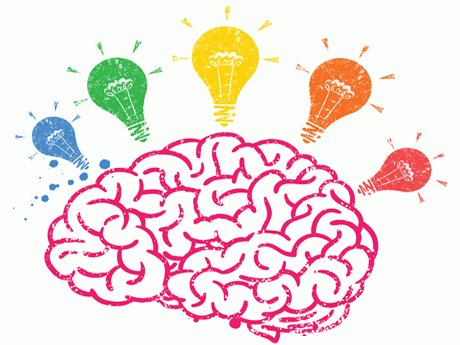
Matt Jones
Instruction and Assessment Philosophies

Artistic Midset
I consider the arts to be fundamental cornerstone of education; a visual language that can express the ideas, wonders, and discoveries that words and numbers cannot. I find that the most effective learning comes not from lecture and instruction, but rather from the self-guided interest, wonder, and discovery of students. Creativity cannot be forced, however it can be nurtured. The most effective art classrooms provoke thought through observations of the world, practice and push knowledge of the craft, and provide opportunities to explore, express and reflect. It is through these practices that ideas sprout and a mind grows.
Understand, Know, Do
Learning is a process and it begins with the big ideas- the essential components within a concept. This is what I consider to be the formative stage in priming the students understanding of the broader content of a subject as well as their preparedness to engage with it. I often introduce these big ideas through discussions and presentations that achieve the following:
-Assess prior knowledge
-Place information into relevant contexts
-Create dialogue
-Stimulate confidence and ideation
Establishing an understanding of larger, more general concepts and ideas allows the students to elaborate on those ideas- learning generally to specific in order to scaffold information. When a base of understanding is achieved, students begin establishing connections and relationships within their own world-view. That synthesis of information allows the student the ability to effectively transfer and apply content in whatever they do.
Choice
In my classroom, choice is a fundamental inclusion in any activity. Choice instills the ability to think critically as a means to make decisions. Decision-making itself poses the need to self reflect and ask questions about how to approach situations and processes, be them art related or not. If approached correctly, I find that the focus on choice guides personal learning and promotes confidence in student’s abilities. In my teaching I approach choice through:
-Providing the intended enduring understandings of the lesson
-A broad or general statement of the task to be achieved
-A loose set of procedures that may be elaborated upon and interpreted.
It is through parameters that students have an intended outcome in which to guide their learning toward, through their own interpretations and decisions.
Formative & Summative Assessment
Effective understanding depends upon effective assessments to ensure wholesome learning. Employing a variety of assessment tools in both formative and summative approaches monitor student progress and comprehension whether it is simply recalling information, determining intent, in-process and final critiques, discussions, competitions, reflections, etc. It is not only easy to assess in a multitude of ways, but it is also crucial to assuring that learning is being differentiated and understood in a variety of ways. In my teaching, formative assessments guide the methods in which I teach and ultimately determine how I will structure summative assessments. I employ them often, and in diverse manners. Examples may include:
-Statements of intent
-Group discussions
-Demonstrations of learning/discovery by students
-In-progress goal-setting
-Brainstorming
In many cases, students will pursue or take interest in acquiring information though varying modes of discovery due to choice-based learning. It is important to be adaptable to these different styles of learning in order to create effective systems of determining that students are gathering the necessary understandings and skills.
Summative assessments however are employed in a manner that best reflects the ways in which students learned and demonstrated understanding. Sometimes this may include writing an artist statement, discussing the work of their peers, publishing or professionally compiling a group of work, and the like. It is really anything that can allow the student to demonstrate that they not only understand the intended objectives, but that they can effectively apply them.
Authentic Assessments
The ability to engage students in determining criteria for success gives the students an even more active role in their own learning. It includes reflecting upon what success looks like, assessing how to work towards standards and goals to achieve success; it creates ownership and ultimately determines how the students feel their work are intended to function or exist. It can be achieved by:
-Student created rubrics
-Expanded learning depending on student choice
-Statements of intent
Reflection
The engagement in reflection is the component of the learning process that tends to solidify understanding both in the process of discovery, but also in the conclusion phase of comprehension. Reflection is a critical component to develop early in the creative process as it allows students to assess what has been done so as to inform their next move. Reflection of course is also an essential factor in summarizing the learning that has occurred so that it may provoke thoughts of transferability and adaptability of knowledge.